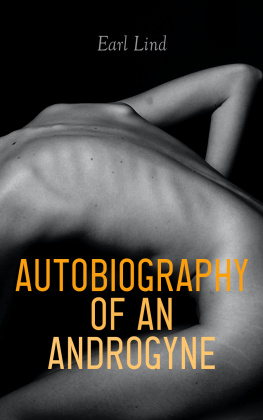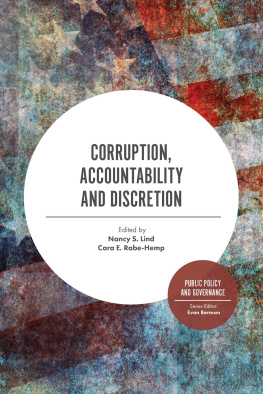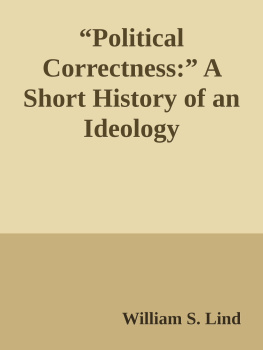JENNY LIND
A RECORD AND ANALYSIS OF THE METHOD
OF THE LATE
MADAME JENNY LIND-GOLDSCHMIDT
BY W. S. ROCKSTRO
TOGETHER WITH A SELECTION OF
CADENZE, SOLFEGGI, ABELLIMENTI, &c.
IN
ILLUSTRATION OF HER VOCAL ART
EDITED BY
OTTO GOLDSCHMIDT.
____________
PRICE TWO SHILLINGS.
____________
__
1894.
TO
SIGNOR MANUEL GARCIA
(KNIGHT OF THE ORDER OF GUSTAVUS VASA; M.D., KNIGSBKRG; ETC., ETC.)
THE FOLLOWING PAGES ARE DEDICATED
AS A TRIBUTE OF SINCERE ADMIRATION
BY
OTTO GOLDSCHMIDT
AND
W. S. ROCKSTRO.
THE VOCAL METHOD
OF
MADAME JENNY LIND-GOLDSCHMIDT.
______________________
THOSE who had the good fortune to hear Mdlle. Jenny Lind sing, either on the Stage or in the Concert-room, after her artistic ideal had been fully matured, and while her voice was in its fullest perfection, cannot fail to remember the beautiful Cadenze which lent so distinctive a charm to many of her songs, or the passages of brilliant fioritura with which some of her masterpieces of Italian vocalisation were embellished.
The originality of these Cadenze, and other embellishments, was so striking, and their charm so potent, that, in the year 1891, the authors of the Memoir, entitled JENNY LIND THE ARTIST, thought it desirable to include a few of them in the Musical Appendix with which that work was supplemented, with the view of ensuring their preservation to posterity; and it is believed that this end will be still farther secured by their publication, with the addition of a few more examples, in a separate form. It is in the hope of attaining this object that the following pages are presented to the public, in full assurance that the rising generation of vocalists cannot fail to be profited by the study of Solfeggi, and other like passages, bequeathed to the world by one of the greatest singers of the present century.
In order that this desirable result may be the more certainly obtained, it is necessary that the Cadenze in question should be prefaced by a clear and categorical account of certain circumstances connected with the timbre and compass of Mdlle. Linds voice, and some of the more important characteristics of her method of voice-production; including some points which, before the publication of the work above alluded to, were known only to a few of her intimate friends.
Mdlle. Linds artistic career began at a very early age; but, unhappily, she had no opportunity of studying under an experienced Mastro of the highest order until she had nearly completed her twenty-first year. Her voice at that period had suffered much, both from over-exertion and the want of that careful management which can only be acquired by long and diligent training under a thoroughly competent teacher. She had tried to reach her high ideal by the only means she knew ofmeans very pernicious indeed. The result was, that the voice had been cruelly injured, the mischief being, moreover, seriously aggravated by the fatigue consequent upon a long and harassing provincial tour, undertaken in her native Sweden, in the spring of the year 1841, for the purpose of acquiring the means necessary to secure for her a long and indispensable term of rest from theatrical engagements and an opportunity for diligent private study.
Alarmed at the chronic hoarseness and other marked symptoms of deterioration from which the vocal organs were suffering at this period, she determined to seek a competent teacher in Paris; where, towards the close of August, 1841, she was received as a pupil by Signor Manuel Garcia, the most talented and successful master then living.
Under this unrivalled Mastro di Canto she studied diligently, from the last week in August, 1841, until the summer of 1842; by which time she had learned all that it was possible for any master to teach her.
The result for which she had so perseveringly laboured was now attained. Her voice, no longer suffering from the effect of the cruel fatigue, and the inordinate amount of over-exertion which had so lately endangered, not merely its well-being, but its very existence, had by this time far more than recovered its pristine vigourit had acquired a rich depth of tone, a sympathetic timbre, a birdlike charm in the silvery clearness of its upper register, which at once impressed the listener with the feeling that he had never before heard anything in the least degree resembling it. No human organ is perfect. It is quite possible that other voices may have possessed qualities which this did not; for, voices of exceptional beauty are nearly always characterised by an individuality of timbre or expression which forms by no means the least potent of their attractions. The natural flexibility of the Contessa de Rossisand of this means of expression she fully appreciated the value. But where pure vocalisation was concerned, and unbroken continuity became an imperious artistic necessity, the moment at which the lungs were replenished remained as profound a secret as it did in the performances of Rubiniwho, fortunately for him, possessed a much greater natural capacity for abundant inspiration, and had therefore a less amount of difficulty to overcome in bringing his art to the ineffable perfection he so well succeeded in attaining. The result was the same in both cases; but, in the one, it was materially aided by a happy physical organisation, while, in the other, it was wholly the effect of artan art which, though possible to all, is so difficult to acquire that, through want, in most cases, of the necessary perseverance, not one singer out of a hundred succeeds in attaining it, even in a moderate degree.
Signor Frederic Lablache once told a friend of the writer that, when singing, on one occasion, with Rubini, in the Matrimonio Segreto, he held the great Tenors hand in his own, during a passage in the famous duet, and, at the same time, looked him full in the face, without being able to detect the act of breathing in the least degree. This wonderful power of concealment led to the belief that Rubini could sing during the act of inspiration ! Of course, it was simply the triumph of consummate art, misunderstood only by those who were ignorant of the first principles of singing. An absurd story was even invented, to the effect that he, who never forced a note, and whose vocal registers were more perfectly equalised, more delicately blended into one than those of any other tenor that ever existed, once broke his collar-bone in the attempt to deliver a mighty Si de poitrine by aid of a violent effort of clavicular breathing! He was just as likely to have broken his neck and fallen dead on the spot. Yet, to this day, the story is cited as an instance of the dangers of a vicious method of filling the lungs: a proof that the study of breathing is still recognised as a necessary part of the singers education, though the tale could never have obtained credence, had not the method pursued by the two great artists of whom we are speaking been hopelessly misunderstood.
With the rare powers at her command, Mdlle. Lind was able, without effort, to give expression to every phase of the artistic conception which she had formed by the exercise of innate genius. Her acting had grown up with her from her infancy, and formed part of her inmost being. She had, indeed, gained experience by observation of others, and, calmly passing judgment upon her own performance, had carefully thought out the matter; and the result was that the acting and the singing had become so closely interwoven with each other, that they naturally united in the formation of one single conception. Each part as she interpreted it to herself was a consistent whole, dramatic and musical, breathing poetry and romance from beginning to end; yet, as true to nature as she was herself, and no longer fettered by the fatal technical weakness which had so long stood between the ideal and its perfect realisation.











